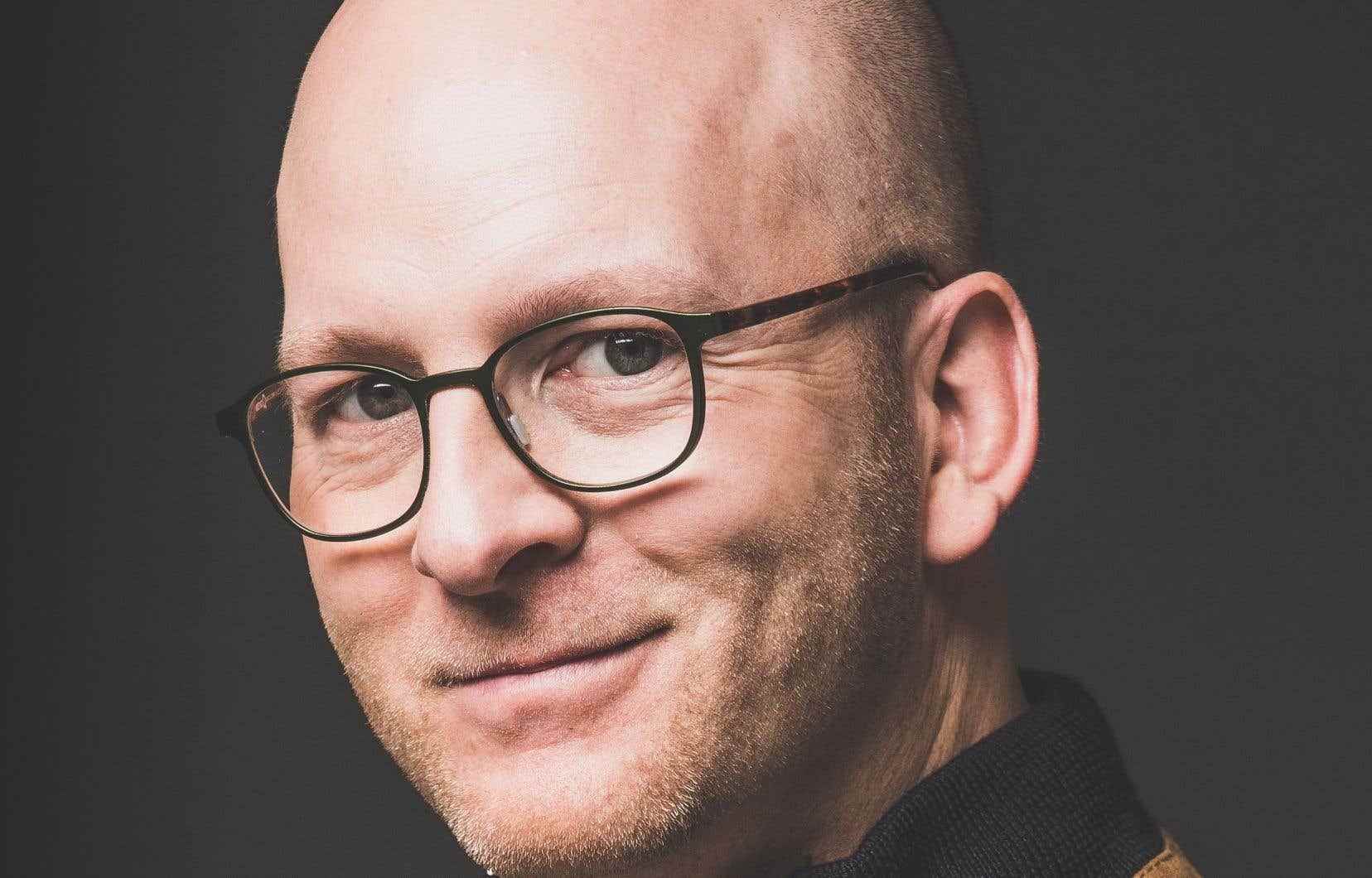The baroque orchestra Arion and its artistic director, Mathieu Lussier, presented this weekend “Rigel: the breath of the Revolution”, a program entirely devoted to Henri-Joseph Rigel, a German composer born in 1741, but who made his career in France from 1767 to his death in 1799. The discovery was worth the detour.
Often we do not measure our luck. Artistic director of the Versailles Baroque Music Center (CMBV), which reconstructs and publishes rare French scores from the 17the and XVIIIe centuries, Benoît Dratwicki, passing through Montreal, told us during the intermission: “Never could such a program have been staged in Paris. »
Yes, the Parisian promoters would have been panicked by a program entirely devoted to Rigel. It would be important to become more aware of the audacity and courage of our musicians and artistic directors here, because, this fall, certain rooms, in terms of filling, are difficult to see.
Lyrical composer
That said, at first, we fear the blow for nothing. Through the harmless Symphony in G from 1774, which only takes off in the last movement, Rigel appears as a kind of link between Christian Cannabich and Paul Wranitzky. Ignoring such a link wasn’t going to keep us awake. The disappointment was confirmed by two subsequent arias, however very well sung by Magali Simard-Galdès, whose voice takes on dramatic scale, and the tenor Nicholas Scott, unknown here, a clear timbre, a very well placed voice, with a great efficiency.
The concert fortunately went crescendo to convince us ultimately the relevance of the rediscovery. Rigel is thus a lyrical composer who makes the ears prick up. He seems to know the Mozartian production. Moreover, we must not forget that post-Rameau France saw the genius Gluck pass by between 1774 and 1779. The great lyrical name of the 1780s and 1790s in France was André Grétry, but the majority of the airs heard (notably Pauline’s air “Ah! Quel supplice extreme!”) and the duet “Ô mon ami, c’est ton amour » ofAlex de Beaucaire really make you want to know more about Rigel, opera composer. The way in which the doubts of the protagonists are relayed by the orchestra in the aforementioned duet is quite remarkable. Same positive observation for the two-part overture to the pastoral comedy White and Vermilionwhose second part is a melodic gem.
Original form
With the works for pianoforte, Rigel also demonstrates originality. Not so much in the Concerto in F major, very well written in the vein of the sons of Bach, but without the grace of Mozart. The highlight of the show was rather the second of Three Symphonies for Harpsichord or Fortepiano, Op. 16. This is a clever form, a score that can be played by the piano alone or with an orchestra. The latter doubles the piano or plays pedals (notes held, in particular by the horns) under his ornaments. It’s very original and, in this case, of an effective melodic inventiveness.
In the second movement, which appears to be a simple repeated theme, it might have been amusing to hear it once exposed to the piano alone and then embellished by the addition of the orchestra. The whole was very well managed by Mélisande McNabney and Mathieu Lussier with a pianoforte in perfect colors. Arion was not always at his best on Saturday, with heterogeneous violins, especially in the 2e movement of the concerto, but all that will be replaced in the recording of the disc at the beginning of the week.
The latter will be more diverse than the 2009 CD of the Concerto Köln on Berlin Classics, a choice of five symphonies which had resurrected Rigel’s name as Concerto Köln had done for Joseph Martin Kraus, then Durante, Rosetti, Dall’Abaco, Eberl, Wilms and a few others. With Rigel we are, for the time being, very far from the Kraus shock or the Eberl or Wilms revelation, but rather in the register of a welcome resurrection.
